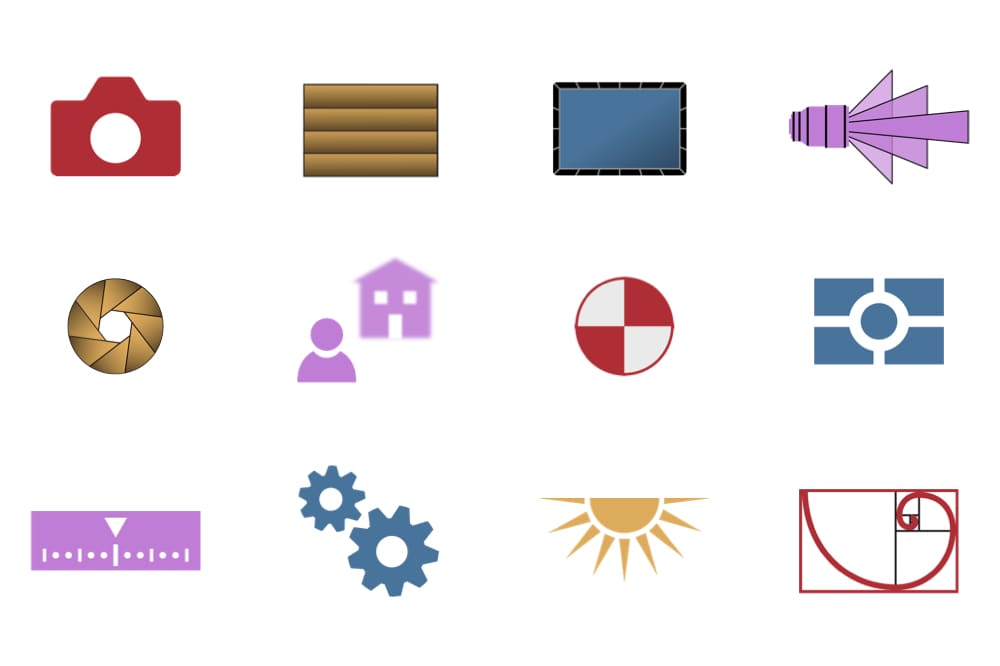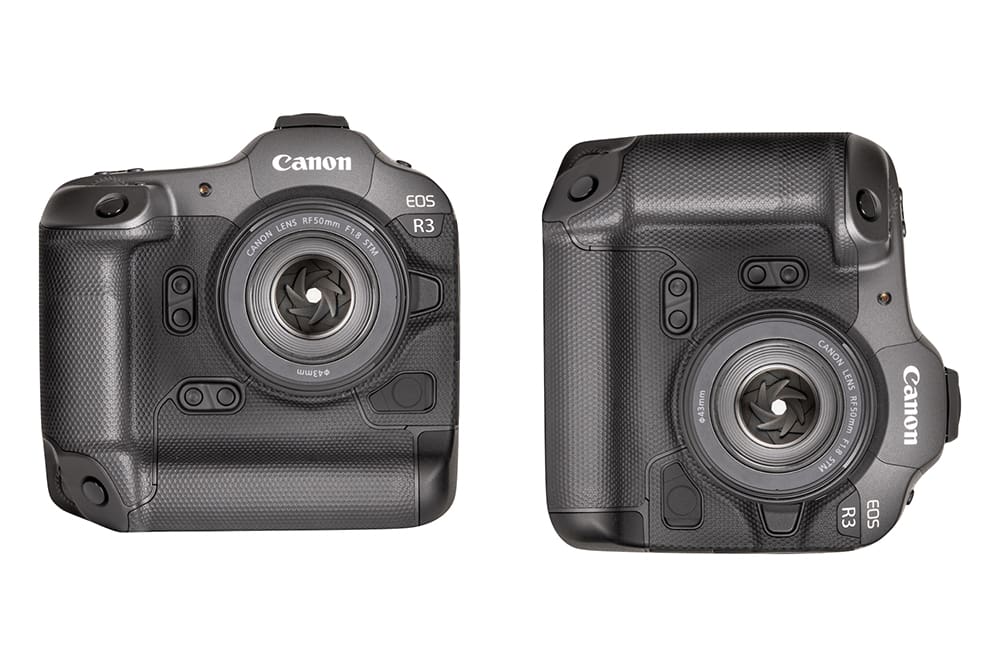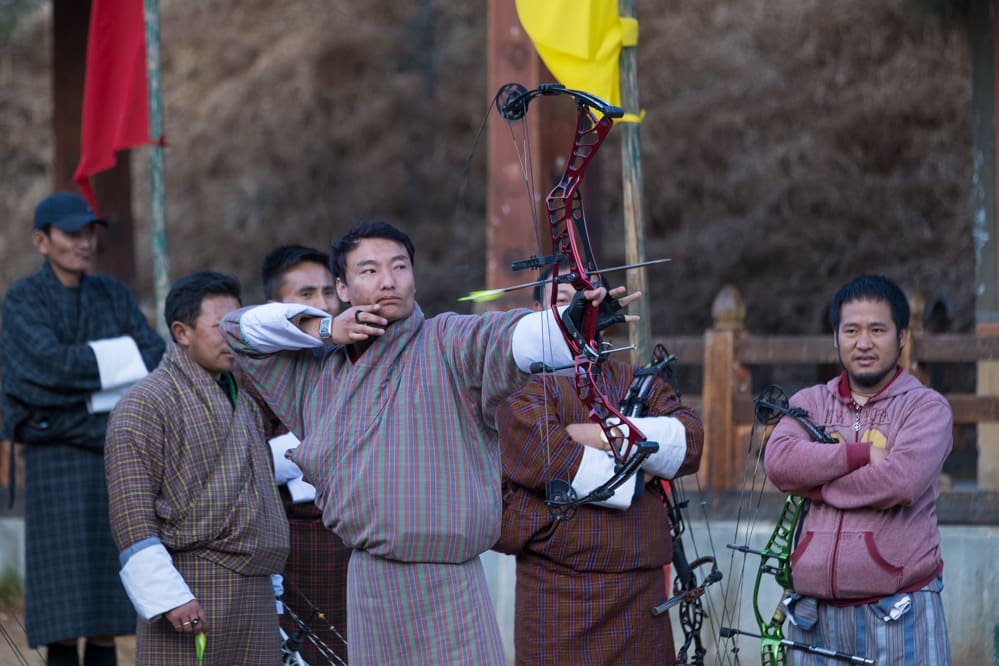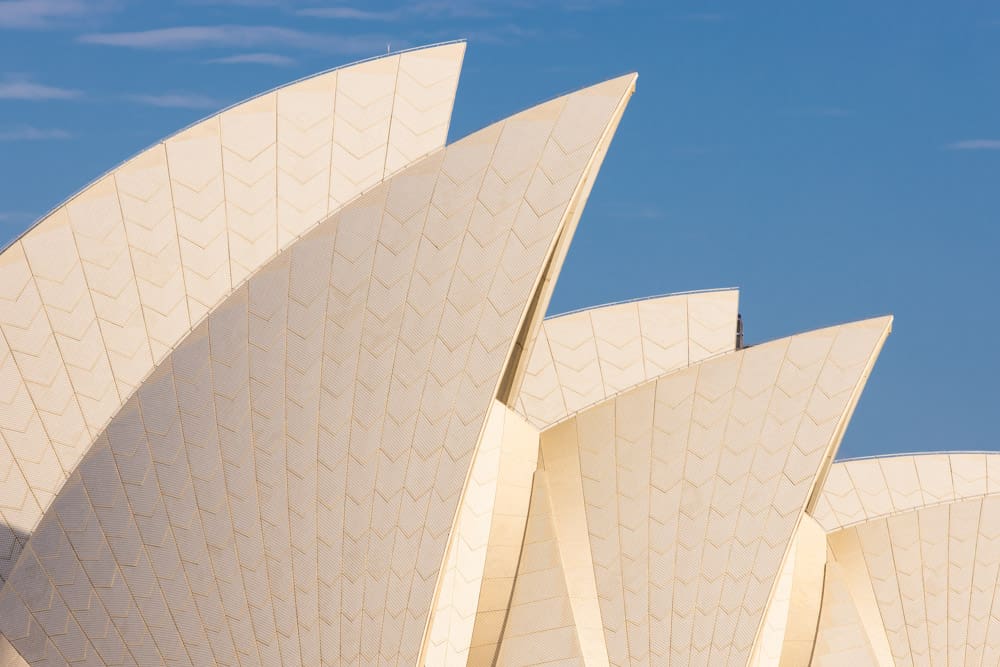Creating great photographs can happen in many ways ranging from luck to skill. If your goal is to achieve regular success, it’s better to rely on skill, more so than luck. The key components of every photograph are: exposure, focus, lighting, composition, and timing; each component being a full-blown topic unto itself. Mastering each of these components is critical if you wish to raise your skill level, and become a master photographer.
With the release of my latest class – Photographic Exposure: The Complete Guide, I realize I’m traveling down a well trodden road. This time though, I’m taking it further than ever before. Great photographs start with complete control of the exposure elements: shutter speed, aperture, and ISO. A bit confusing to the newbie, the basic concepts aren’t hard to learn for most. However achieving a master level of knowledge in this subject, usually comes after years in the field.
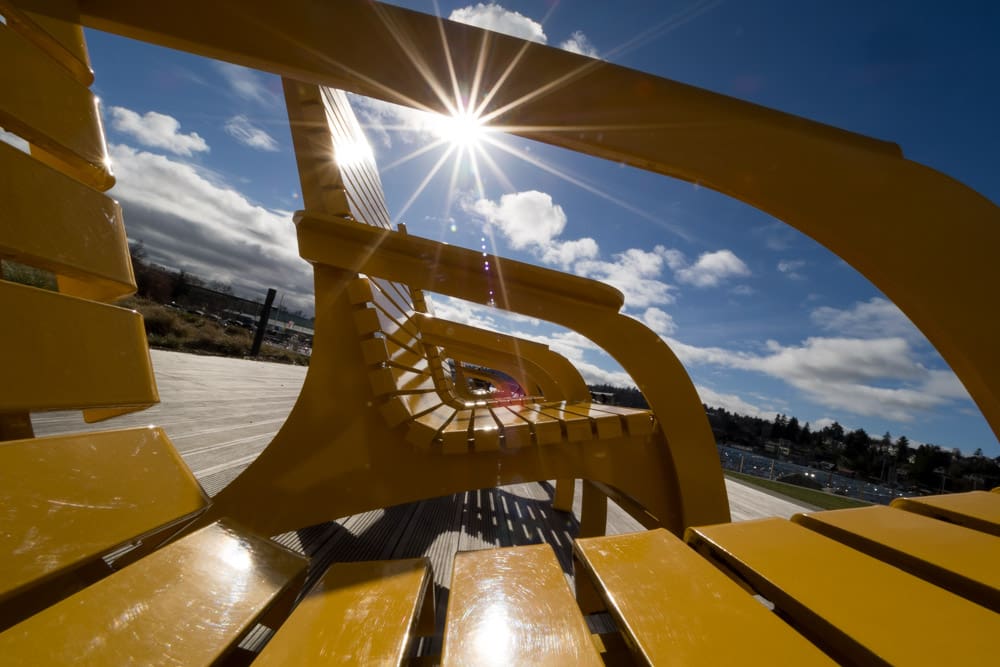
I believe that photographers that have intention to their work will create the most successful images. Leaving critical decisions up to the camera is a recipe for missed opportunities. Modern cameras are amazing at achieving an accurate light reading and manipulating the exposure controls to achieve a technically accurate exposure.

The funny thing is, the way cameras determine a correct exposure hasn’t fundamentally changed in 40 years. Back in the 1980’s a number of cameras offered multi-segmented metering systems and a Program exposure mode that works pretty much exactly as the latest generation of cameras. The advent of digital added the element of Auto ISO to help extend the range of light one could automatically work in, but the program it relies on is essentially the same.
While many modern cameras now offer subject identification, this has little-to-nothing to do with exposure. At very best, some cameras can identify a face, and slightly adjust the meter reading so that the face is better exposed. Typically, most cameras in any of the auto modes like: Full Auto, Program, Aperture Priority, Shutter Priority, Flexible Program, all have priorities set so that your final subject falls into an 18% middle gray brightness and that you have an acceptable shutter speed for handholding the camera. Never-mind that you may have the camera on a tripod; no camera can currently detect that. Should you be desiring to create a unique motion blur image, well, that is far beyond what any camera can help you with.
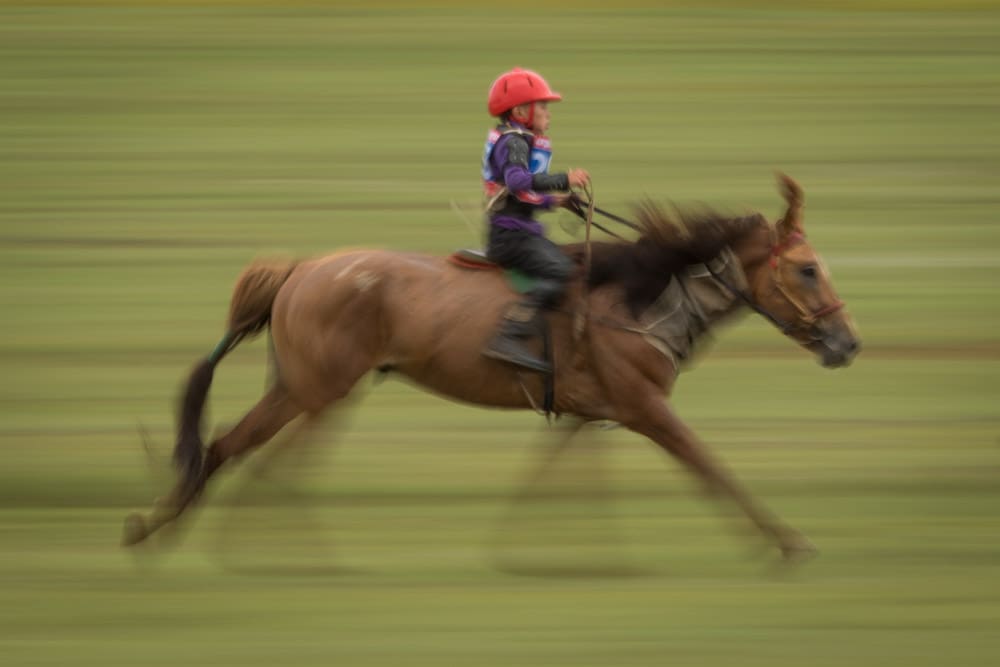
Many colleagues of mine have expressed enthusiasm with Auto ISO, while I have rarely ever used it. Aperture Priority and Shutter Priority are popular options for many enthusiasts, but the truth is I don’t use them often. Let’s not even talk about Full Auto and the Scene Mode, I wouldn’t be caught dead, well you know.
My love and dedication to the full manual mode comes from years in the field, and regrets in the edit. Missing a photo opportunity is a hard lesson learned that sticks with you for a long time.
Yes, I know there is a time and place for automation. I’ve been there, and I bet you have to. A fast changing situation where timing trumps perfect exposure, this is where “auto” is at its best. I will agree, it’s better to get the shot with imperfect settings, than to have a perfect exposure on a missed shot. But all things being equal, wouldn’t you rather have the perfect exposure setting on every shot?
I will argue that for most photographers, in most situations, utilizing a full manual exposure, with well thought out key settings with shutter speed, aperture and ISO, is the magic formula to kick start a great photograph.
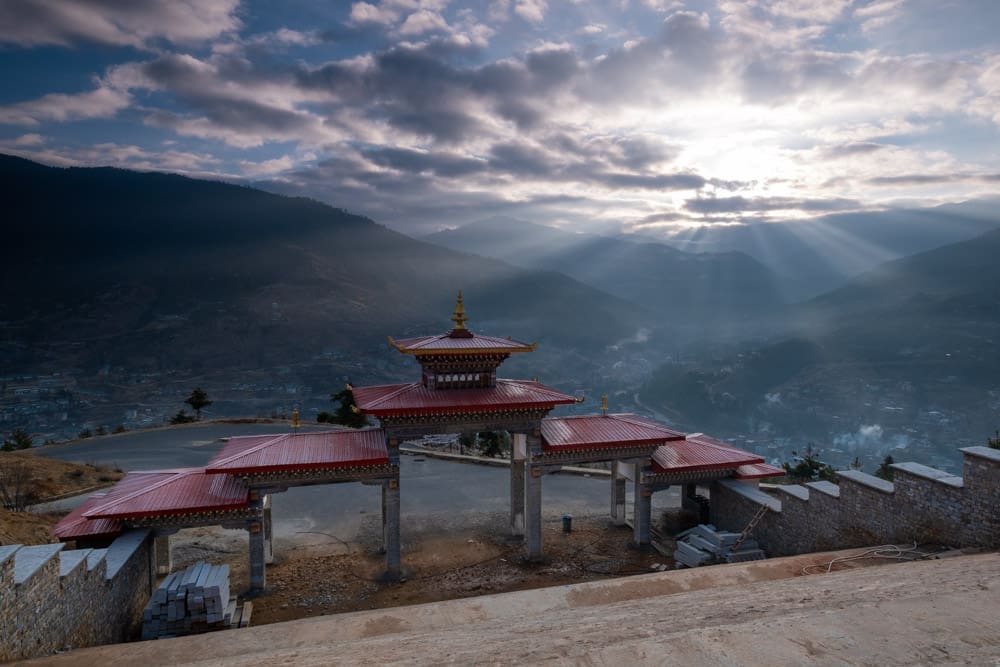
I can teach a rank amateur the key elements of exposure in a few hours. When the information is absorbed and understood, the photographic world begins to open up to them. Add in some quality field time, along with culling and editing, and a deeper understanding will begin to take hold. It’s here that a lot of photographers think they’ve got it all figured out, and it’s time to move onto the next challenge. But the world of exposure encompasses a lot of ground, and achieving a master’s level of understanding requires a bit more work.
I take great pride in trying to achieve perfect exposures. I know that selecting f/11 instead of f/8, won’t make much difference in most cases. Just as selecting 1/60 of a second instead of 1/125, or ISO 200 instead of ISO 100; these subtle differences likely won’t make the difference between success and failure – but it may. It just might be the difference between a 5-star image and one destined for the trash. Like I said, those slightly missed shots haunt you for a long time.
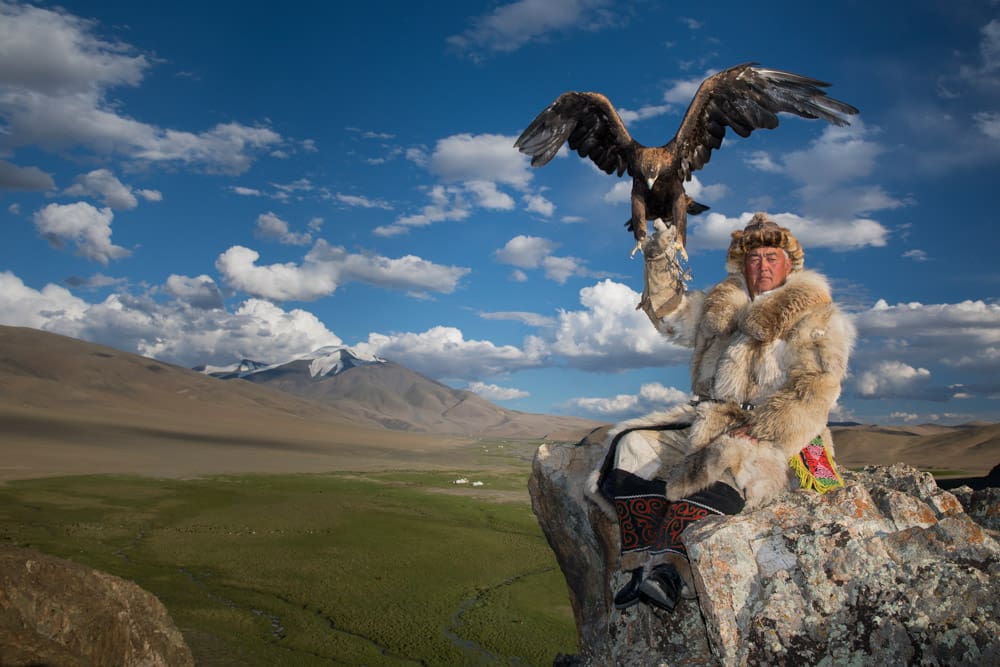
I’ve thrown away more photo’s than I’ve kept. The reasons for this are many, but at this stage of the game, it’s usually not for exposure mistakes. Getting the perfect exposure isn’t that hard, when you have the necessary knowledge. The tools at our disposal for achieving a correct exposure have grown exponentially with the transition to digital. I’m confident that they’ll continue to grow as we head to the photography of the future.
Down the road there will be more capable sensors and processors that will cover wider exposure latitudes, and correct for ever larger mistakes. I can imagine the traditional exposure indicator in our viewfinders being replaced by the more informative histogram. This is partially available right now by turning on your display option for a live histogram. This is a great way of seeing the true exposure, and full range of light you are capturing. Unfortunately all cameras have this histogram covering up part of the image.
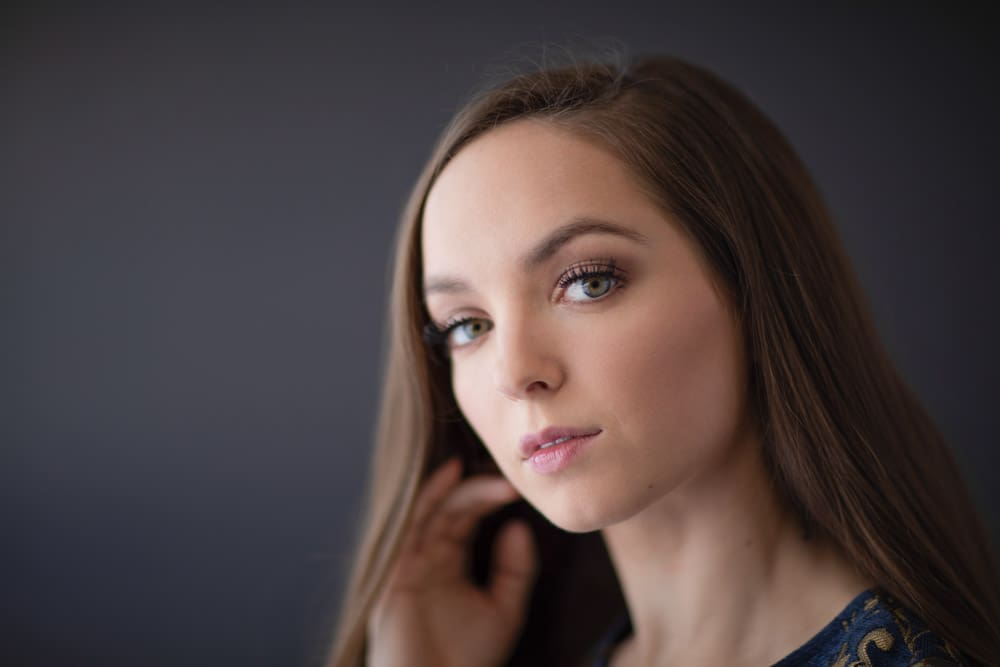
A variety of tools are available for achieving a proper exposure with the light, but equally important is how it is done. It’s those particular settings of the shutter speed, aperture, and ISO that form the backbone to the structure of your image. The camera isn’t going to help you in that regard, that will need to come from deep within you.
I encourage you to take a second look at your exposure technique and see if there is room for growth. When you review your images, are you happy and confident that you are getting things right out in the field? Do you feel that you have all the knowledge that you would like to have in order to conquer any exposure situation? If you’ve answered “No” to either of these questions, or if you would like to take your exposure game to the master level I encourage you to take a look at Photographic Exposure: The Complete Guide. The first introductory lesson is free to all and should give you a good idea to the comprehensive coverage this class offers.
I guarantee you that there is more to know and that additional knowledge will only help to take you in the right direction. Heading off into your next photographic adventure, you don’t want to simply hope that you are going to get something good. You want to start your journey with a positive attitude and the confidence that you know exactly what you are doing.
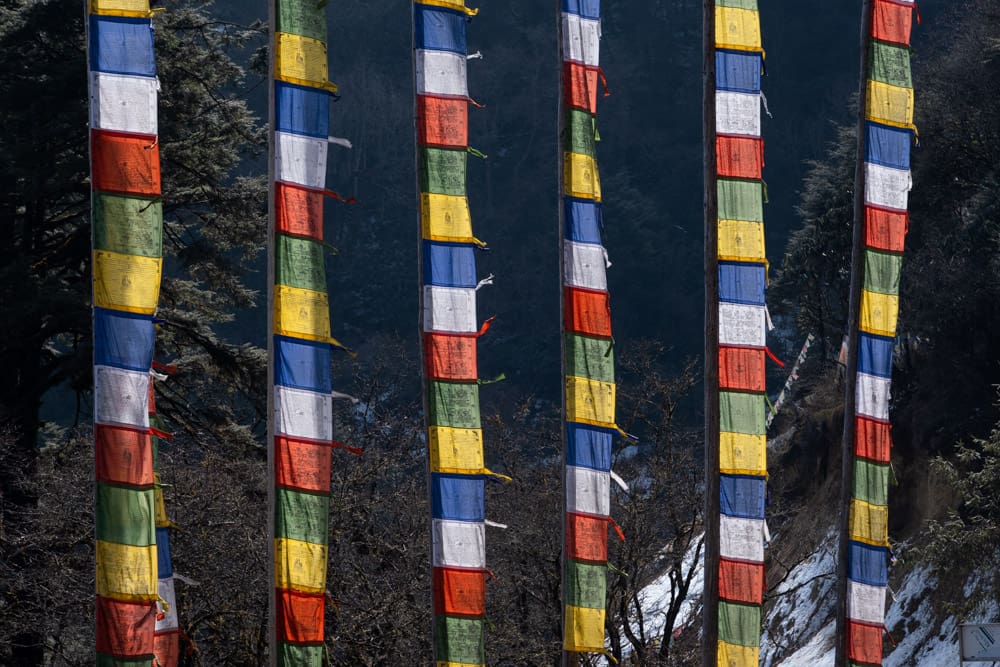
Become part of John’s inner circle
Sign up for the newsletter here – it’s free.
Want to become a better photographer?
Check out John’s selection of photography and camera classes here.
